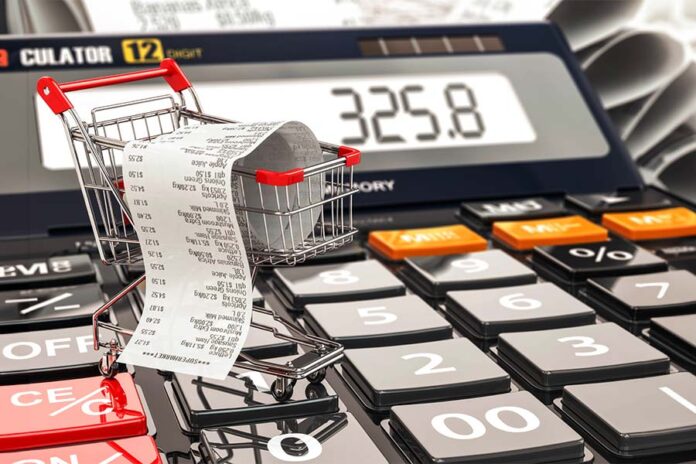The Central Board of Direct Taxes (CBDT) has provided clear guidelines on when e-retailers using the government’s Open Network for Digital Commerce (ONDC) should adopt tax deducted at source (TDS).
E-retailers trading on the ONDC are required to deduct 1% of the TDS from the total sale amount. This includes any additional fees such as convenience, packaging or shipping charges imposed by the e-commerce platform.
The move comes after the ONDC, initiated by the Department for Promotion of Industry and Internal Trade, raised questions about which party is responsible for complying with the TDS under income tax laws.
In response, the CBDT clarified that when multiple e-commerce operators (ECOs) are involved in a single transaction through the ECO platform, it is the supplier side’s responsibility to ensure TDS compliance. The supplier side is the party that ultimately releases the payment to the supplier in such transactions.
If the seller-side ECO is not the actual seller, the ECO responsible for making the payment to the seller must deduct 1% of the TDS on the gross amount of the sale. However, if the seller-side ECO is the actual seller, then the ECO making the payment, or deemed payment, to the seller must deduct the TDS.
According to the CBDT, the TDS should be deducted not only on the actual sale amount but also on additional charges such as convenience fees, logistics and delivery charges. The TDS of 1% must be deducted from the total gross amount invoiced to the buyer, encompassing charges levied by both the seller and buyer-side ECOs.
The CBDT also clarifies the treatment of the GST and other indirect tax levies in the calculation of the gross amount. If these taxes are indicated separately on the invoice, and tax is deducted when the amount is credited to the seller, they should not be included in the gross amount for TDS calculation.
The guidelines also address the adjustment of the TDS in cases of purchase returns. If the TDS has already been deducted and deposited on a transaction that is later returned, the e-commerce operator can adjust this TDS against the next purchase within the same fiscal year.



























